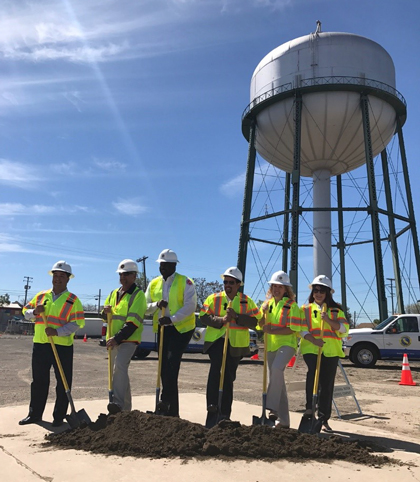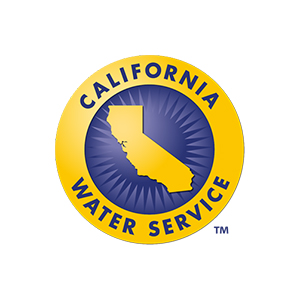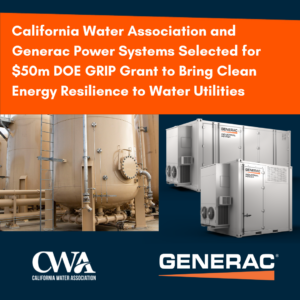In 2009, California Water Service (Cal Water) began to assess whether its 18 elevated water storage tanks were still necessary. In the past, storage tanks were vital to maintaining consistent pressure in water systems with flat geography, while providing a nominal amount of storage. Presently, with the use of advanced controls, the need for higher pressure and more stringent seismic standards, some tanks are no longer necessary.
As a result, Cal Water completed an enterprise risk assessment study to identify and rank key operational risks in terms of the likelihood and consequence of failure. Elevated tanks ranked as a top risk, prompting Cal Water to assess each one based on seismic evaluation principles and codes to determine hazards, failure potential and required retrofits as well as which tanks were no longer needed. The seismic evaluation indicated all elevated tanks had some level of seismic deficiency given their average age of 65 years and the less stringent seismic codes in place when the tanks were designed. For those tanks identified as essential to the water systems, the most cost-effective options for retrofitting or replacement were determined.
The second phase of the assessment confirmed that one-quarter of the tanks could be removed, half needed to be replaced and the remaining quarter required further evaluation and operational investigation. In the third phase, Cal Water conducted an alternatives analysis to determine the most cost-effective method of meeting system demands.
Since retrofitting the tower foundation of tanks is very costly, replacing them with modern structures is the best approach for most water systems. Additionally, replacing multiple elevated tanks with a single, larger tank often is the most cost-effective solution. Based on the assessments, Cal Water developed an elevated storage tank risk mitigation plan that includes a process to remove, and in many cases replace, the infrastructure during a 10-year period. On April 3, Cal Water broke ground on the first project in its Stockton District where four 500,000-gallon elevated tanks in multiple locations will be safely removed, recycled and replaced with a single two-million-gallon tank and booster station.
According to Todd Peters, Cal Water Chief Engineer, “This will not only ensure the safety of the community surrounding the tanks but also minimize the impact on customer rates. It’s part of our commitment to providing quality, service and value to our customers and communities.”

L-R: Carlos Villapudua, CEO San Joaquin County Hispanic Chamber of Commerce; Steve Cavallini, General Superintendent, Cal Water Stockton; Erik Newman, Fire Chief, City of Stockton; John Freeman, District Manager, Cal Water Stockton; Christina Fugazi, Stockton City Council Member; and Shannon McGovern, Cal Water Community Affairs Specialist





